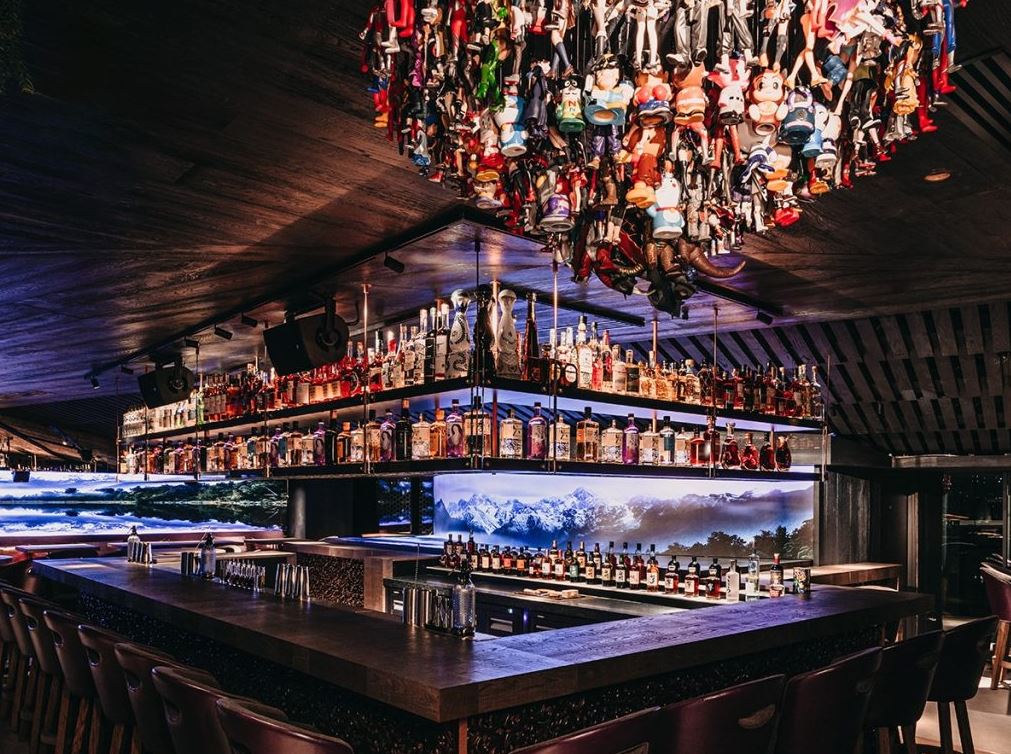The hospitality industry is a highly competitive sector, particularly in the era where customers can record their experiences online for the whole world to see. There’s also greater competition from home entertainment, Airbnbs, takeout food venues and so on, so creating a memorable and enjoyable customer experience is paramount.
One of the best ways to enhance the satisfaction and convenience of customers is through the use of LED screens and video walls. Here’s a look at the many functions of digital display screens in the hospitality sector.
In hotels
LED screens are now an integral part of the guest experience in many hotels, from the lobby to the bedrooms. A large screen or video wall in the reception area captures the attention of guests the second they walk through the door, and can be used to create personalised interactive greetings.
This is reassuring and makes the guest feel valued, and can also be used to impart practical information about the check in process and roomfinding, should the reception desk staff be engaged elsewhere. The screen can also be used to enhance the brand identity of the hotel, or for entertainment or advertising purposes.
In guest bedrooms and corridors, LED displays are now used for wayfinding and to impart useful information such as restaurant opening times, menus, details about room service, information about the local area such as popular tourist attractions and places to eat, and any other notifications or promotions.
Furthermore, the displays can be used to provide ambient background imagery or music or to stream live entertainment, or feature targeted advertisements.
If the hotel has a conferencing suite, then LED displays are now essential technology for the main conference rooms. They can serve a myriad of purposes such as displaying infographics or data to reinforce or illustrate the speaker’s points, providing reference images or adding visual interest to the content of talks, integrating with social media, and more.
In bars and nightclubs
LED screens are transforming the nightlife experience with stunning visuals, dynamic menu boards, and targeted advertising. The versatility of LED walls comes to the fore in nightclub and live entertainment venues, where transparent screens, curved screens, flexible screens, or giant scale screens that cover entire walls or even ceilings and floors can be installed.
This can create a truly immersive experience, displaying mesmerising lighting and visuals that pulsate in time with the music. In large live music venues, the screens can be used to livestream the performance so that audience members who are further away from the stage can have a clear and close up view of the proceedings.
The screens can also be used to encourage interactive experiences, such as games or social media walls for guests to share images and messages with each other. This helps to create a vibrant atmosphere that keeps the audience engaged. Digital screens can also be used to complement the overall interior design scheme and ambience of the nightclub.
In bars, LED screens can be used to display music videos, sporting events, dynamic lighting displays, or advertisements and promotions. They can also be used as menu boards so that customers can always have the latest information about drinks and snacks, and any information about deals, discounts, promotions, and offers.
This saves a great deal of time and labour in manually updating static menu boards, and means that deals and promotions can be timed to respond immediately to demand. For example, many bars and restaurants now operate dynamic pricing schemes, so that drinks or food are cheaper at quieter times and more expensive when demand peaks.
This can help venues remain profitable in the highly competitive hospitality sector. Often bars will offer early doors deals such as two for one drinks, double shots for the price of one, and so on to get customers through the door. These deals are time sensitive, so digital menus that can be altered at the touch of a button are ideal for this purpose.
The screens can be linked to software that tracks details of stock levels so that staff are able to notify customers in advance of any products that are not available. The software can also be aligned to the tills so that staff will be able to always charge the correct amount.

